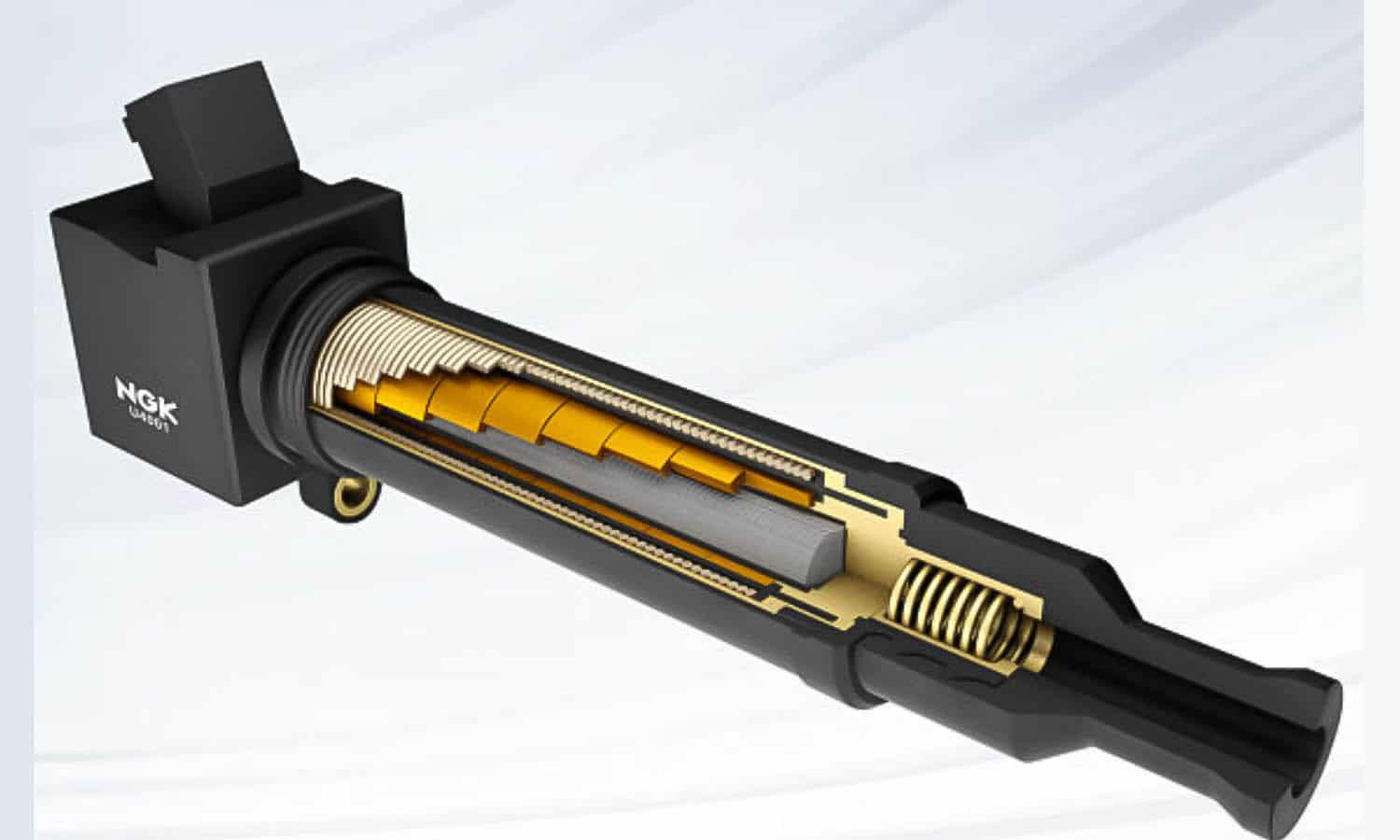
La ignition coil It is a key element in a car's ignition system. Without it, the spark plugs would not be able to produce the sparks necessary for combustion. Therefore, if they fail, the operation of the engine will be irregular, it will jerk or even not work at all depending on the type of engine it is.
We tell you what are ignition coils exactly, how do they work and how check if they work.
What is an ignition coil
The ignition coil is a kind of transformer, which converts the 12 V from the battery of the car in the tens of thousands of volts needed for the spark plugs to generate a spark. Otherwise the gasoline engines could not ignite the air-fuel mixture inside the combustion chambers.
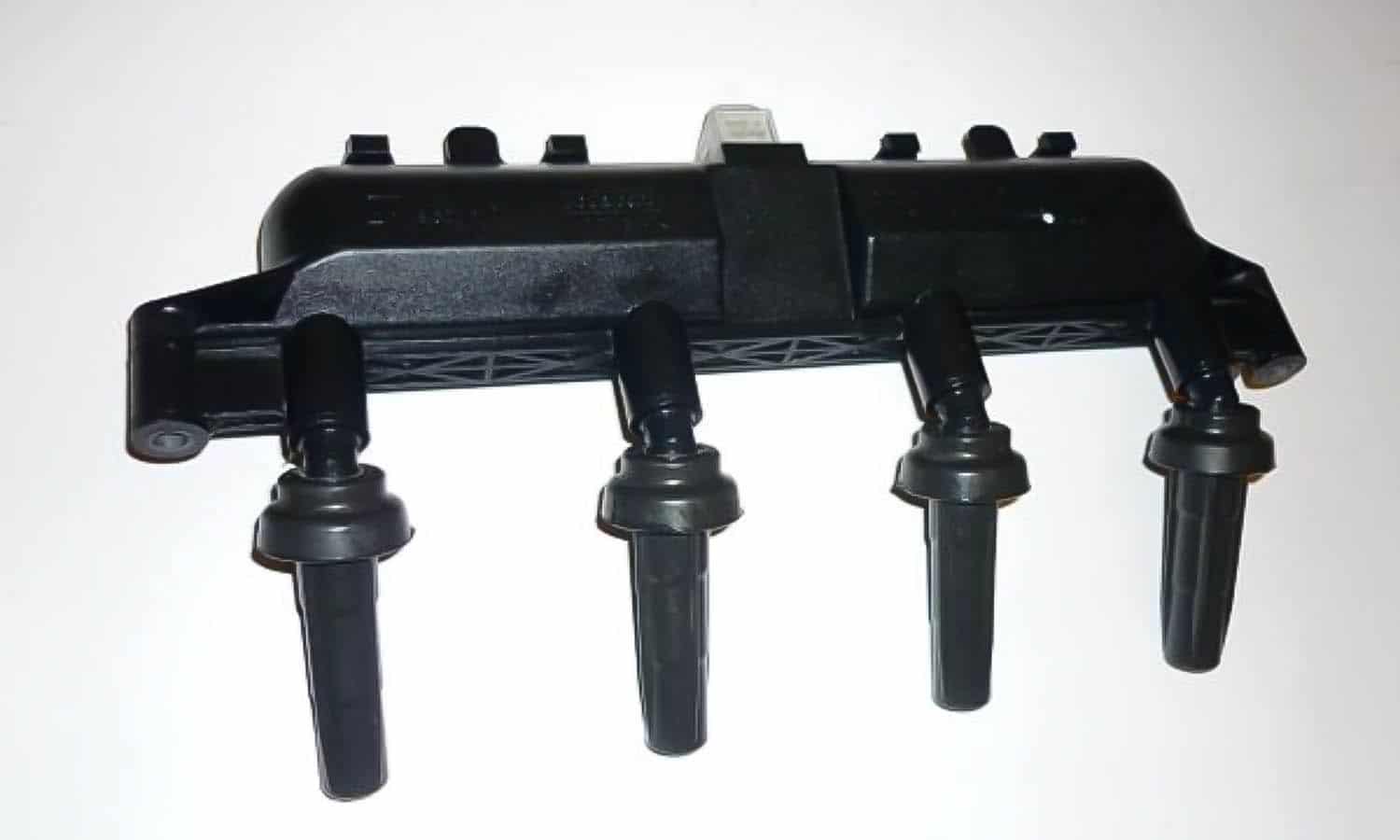
How does an ignition coil work?
Voltage multiplication works as in any transformer. Two coils wound around an iron core: one with few turns and one with many. If the first makes 5 turns and the second 50, the voltage will be multiplied by 10.
However, unlike conventional transformers, an ignition coil works by creating voltage spikes, not a sustained current. To achieve this, it works like a normal transformer, except that the current in the primary coil (the one with the fewest turns) lasts thousandths of a second and therefore the magnetic field it generates also. This induces a high voltage current peak in the secondary coil (the one with the most turns).
The high voltage (high tension) is necessary because spark plugs is nothing other than electric current jumping through the air, without any lead wire. Something that cannot be achieved with low voltages. This is a jump from the center electrode of the spark plug to the ground electrode.
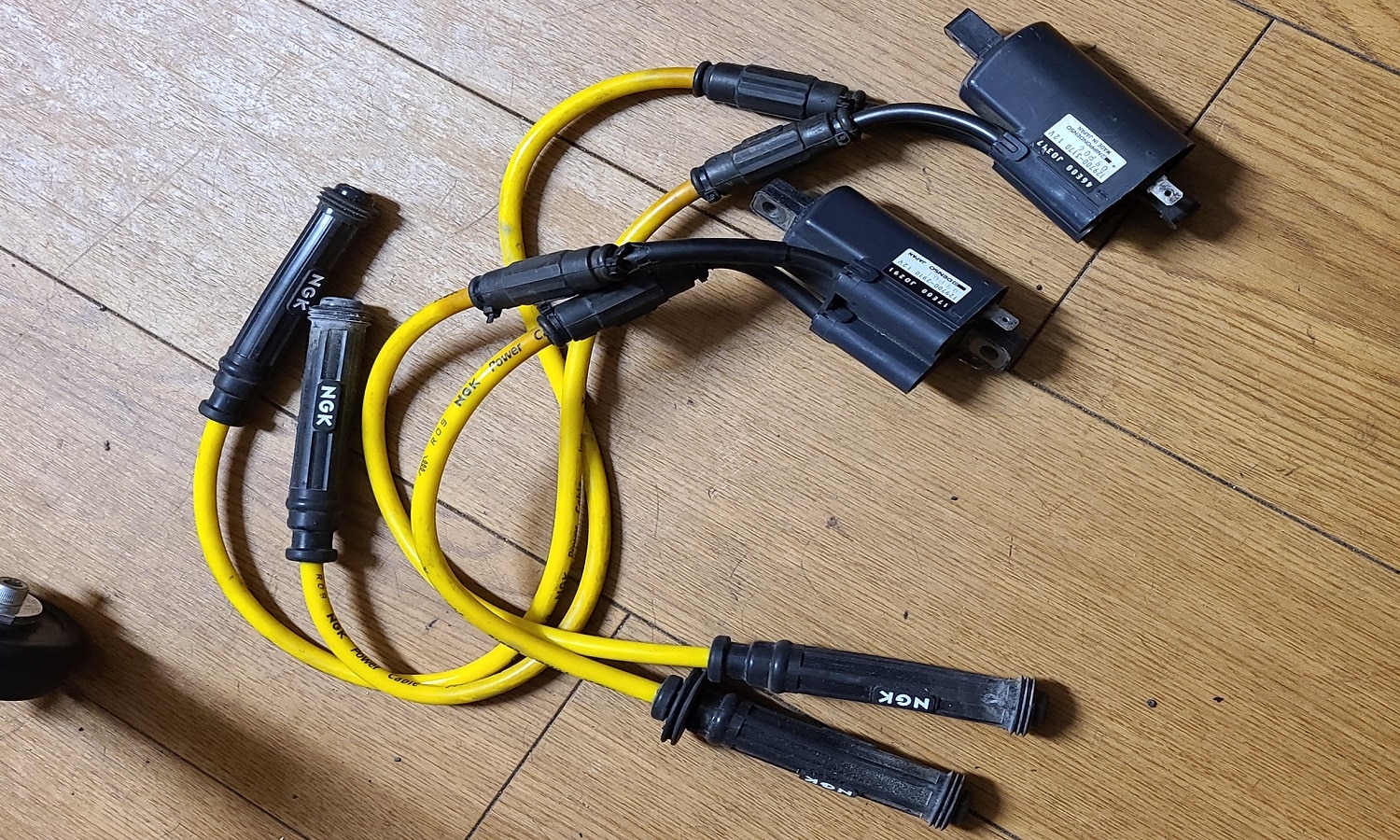
Check an ignition coil
Checking if an ignition coil is working is easy. you only need one multimeter capable of measuring resistance (the symbol Ω within the options). The steps to follow are very easy:
- Set up the multimeter:
- Choose Resistance, indicated by the capital Greek letter omega (Ω).
- To test a coil select the smallest measuring range. Usually 200 Ohms (Ω), although it can be 100, 400, 600, etc depending on the multimeter, but the important thing is that it is the smallest range. As we have told you before, the values that they will give you are very low and you must select the smallest range.
- Attach the multimeter lead black on the common connection (COM) and the red wire on the one that says Ω or the letter O. It can be accompanied by other letters such as VOHz.
- Place the test leads of the multimeter in the coil lashes.
- The value that appears on the multimeter screen is the resistance of the ignition coil. For it to be in acceptable values, it must be between 0,3 to 1 ohm in the primary winding y up to 20 ohms on the secondary, for electronic ignition coils, which are the current ones. On ignition coils that use a breaker, it will be between 3 and 5 ohms. Values outside these ranges would indicate a fault.
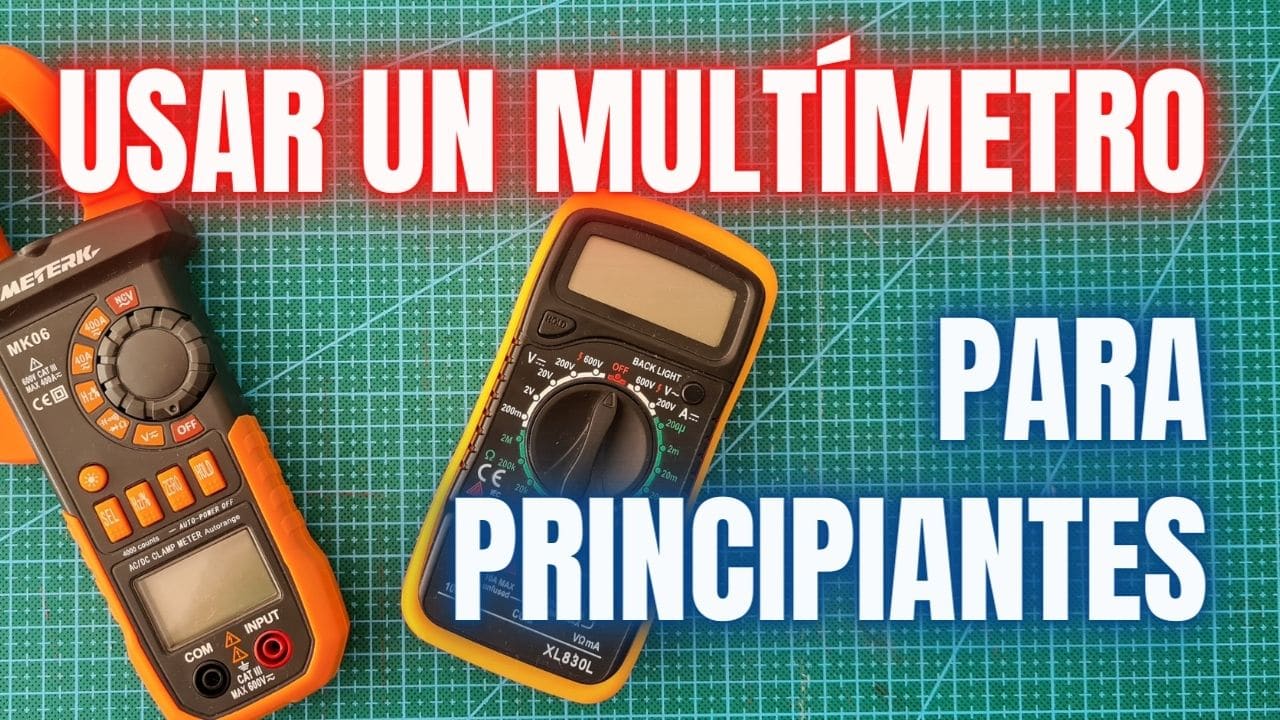
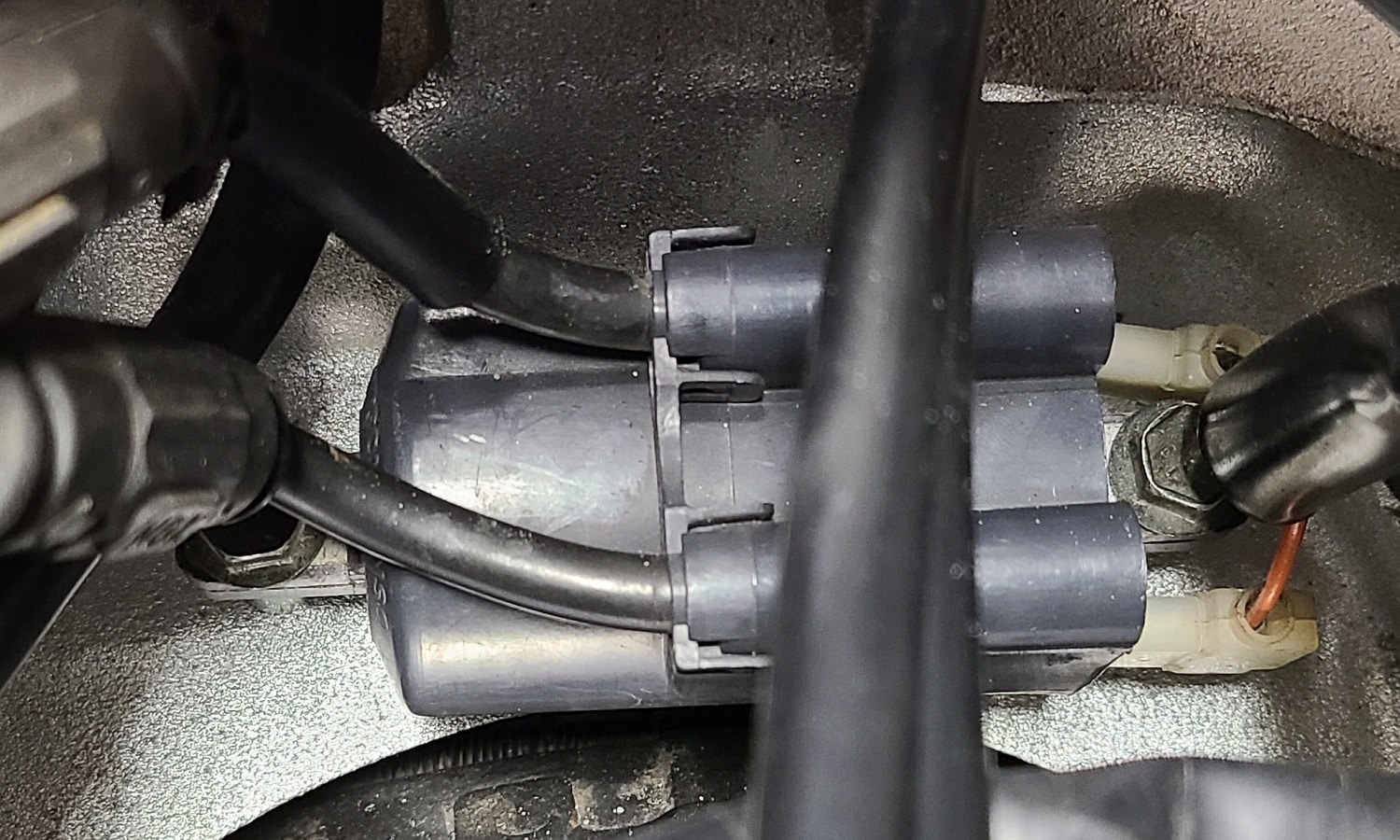
Symptoms of failure in the coils and other elements
First of all, it is convenient to know what the most frequent symptoms are. If you have a gasoline vehicle, it may be that at some point it has happened to you that your car has a cylinder failure and you notice a strange noise when accelerating. In many cases it is a ignition problem or other components. So it would be necessary to review all the elements that intervene in the ignition system. The most frequent symptoms of problems with the ignition coils are:
In old vehicles and machinery such as chainsaws, power tillers, etc:
- Power loss: what happens when the coil still works but not 100%.
- The motor does not start: If everything else is OK (battery, cables, etc) the coil probably isn't working at all.
- Backfiring noise in the exhaust: When the coil does not generate enough voltage, the sparks are of poor quality, so the mixture does not burn well. Unburned fuel detonates in the exhaust.
In modern cars:
- Engine does not start or stalls shortly after: what can happen in engines with multiple ignition coils (one per cylinder). When one of them fails, misfires and engine stalling are common, along with unusual vibrations and sounds at idle.
- Higher consumption: When one or more of the ignition coils fails or malfunctions, the engine tries to compensate for the lack of performance.
- lights up the yellow check engine light: A sign that something is wrong, although it does not necessarily indicate that the problem is with the coils. However, if these fail to a certain extent, this warning light will come on in modern cars.
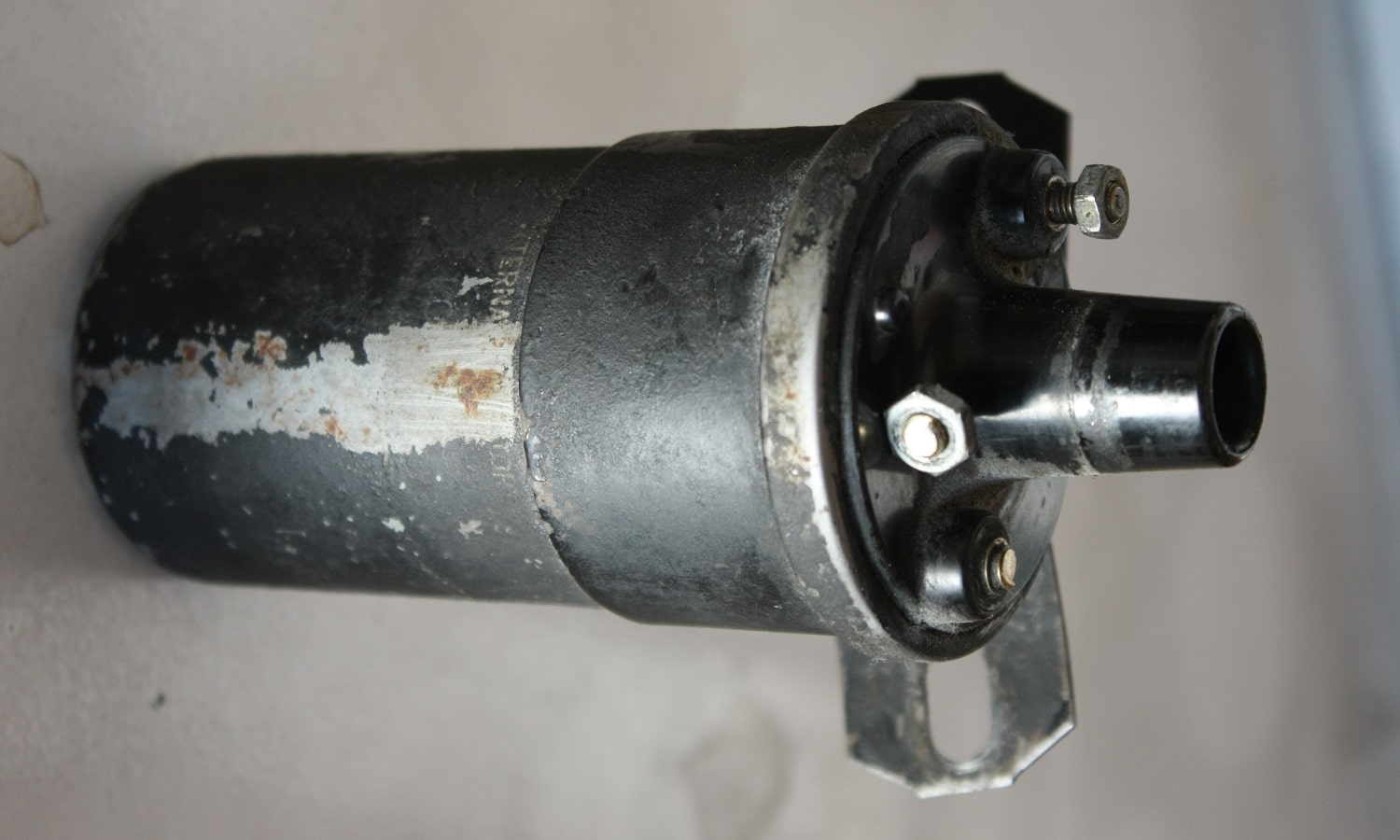
Even so, it is recommended to connect the vehicle to the diagnosis machine to check where the problem comes from. In many vehicles the diagnosis machine It can tell us perfectly what exactly is the problem we have in our car and tells us how we can solve it.
Some vehicles have more than one coil, and may even have one coil for each cylinder. In addition, the Ignition system It is basically made up of the spark plugs, the spark plug cables and the ignition coil. So finding the problem is not easy only with the symptoms that are perceived when using the car. In general, it is usual to proceed as follows if a diagnostic machine is not available.
First we will check the spark plugs, replacing them if they are in poor condition. We will start with the spark plugs because it is the most economical solution. It is also the most likely cause of our car failing. It is a wear and maintenance part, so we must replace them when recommended by the manufacturer.

If the problem persists, we will review the status of the spark plug wires. If any cable is frayed or broken, it is essential replace spark plug wires, which will surely solve the problem.
However, if the problem still has not been solved, the next point that we must take into account is the ignition coil. As we have said, depending on the vehicle in question, we can have several coils, one of them failing or several.
In this case we must replace the ignition coil for a new, higher cost part than spark plugs or spark plug wires. In this way we will solve the problem of our car and it will work perfectly again.